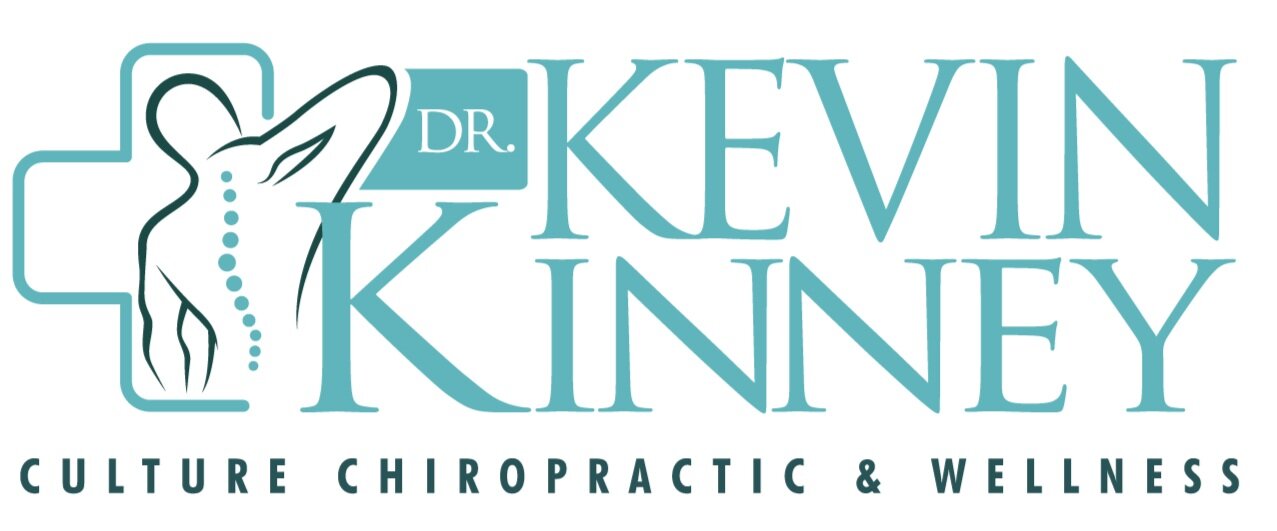5 Easy Moves to Reduce Low Back Pain
Routine stretching and regular core training can be a pain the neck, but if you don’t do them it may literally cause a pain in your back. According to statistics as many as 31 million people in the US may be experiencing low back pain at any given time. Why do so many people suffer from this problem? Evidence suggests that the low back pain most experience is related to weak and/or overactive core muscles.
When most think about the “core” they invision rock solid washboard abs, however true core stability refers to the muscles that surround the spine. Muscles such as the transverse abdominis, erector spinae and the multifidus don’t get the glory that other larger muscles get but they may actually more vital to your everyday movements and activity.
Below are a few common problem areas, for both muscles that are tight and overactive as well as those that are weak and understimulated. By focusing on these 5 strengthening and stretching moves you can help improve muscle related pain while increasing movement and stability.
Strengthening Inhibited Core Muscles
Planks
Planks are a cornerstone exercise for increasing core strength and can be done almost anywhere. Planking strengthens the transverse abdominis and multifidus muscles and increase core stabilization. Begin by assuming a modified push-up position, with your elbows bent at 90 degrees placing your forearms on the floor. Your elbows should be directly under your shoulders and your head should be looking straight towards the floor. When done correctly your body should form a straight line from your head to heels. Hold this position while controlling your breathing, gradually working your way up to 90 seconds.
Glute Bridge
The transverse abdominis muscle is key in stabilizing the core in virtually every movement. Performing glute bridges are a great way to target the transverse abdominis, as well as the gluteal and other core stabilizers. Begin by lying face up with your knees bent, feet flat on the floor and arms to your side palm down. Slowly lift your hips off the ground until your knees, hips and shoulders all form a straight line. Hold for 20-30 seconds and then repeat up to 10 times and up to 3 sets.
Bird Dog
The multifidi are tiny muscles that run along the spine between every vertebral segment. In combination with the transverse abdominis and pelvic floor muscles they stabilize the spine, low back and pelvis before movement of the arms and legs. Begin on all fours (hands and knees) with the back straight, eyes forward. Slowly extend one arm and the opposite leg until the arm, back and leg form a straight line and hold for a few seconds. Alternate between extending contralateral limbs and repeat up to 10 times for 3 sets.
Lengthening Overactive Muscles
Deep Lunge
Tight or contracted psoas and hip flexor muscles are common culprits for low back pain due to their bony attachments in the lumbar spine. Those who sit for extended periods of time, such as working at a desk or driving long hours, are more prone to contracture of these hip flexors. Deep lunges can help to loosen these muscles, improving motion and relieving back pain.
Begin by getting into a deep lunge position with one knee on the ground and the other leg and foot planted at 90 degrees. Slowly tilt your pelvis allowing your hips to sink down closer to the floor, increasing the stretch felt on the front of your thigh slightly below our waist. Hold this position for a few deep breaths, relax and repeat up to 10 times for 3 sets going deeper each time.
Child’s Pose
The multifidi aren’t the only muscles that run along the spine to provide support and stability, the erector spinae are another crucial muscle in the rehabilitation of low back pain. This group of muscles are slightly larger and often times become tight and hypertonic. The “child’s pose” is a great way to stretch those muscles in your lower back that may be a trigger for some of your low back pain.
Start on your knees with them spread slightly wider than shoulder width, big toes touching or close. Sit up straight with you hands above your head and as you exhale fold down bring your hands to the floor being sure to keep you spine elongated. Your chest should be between your thighs, palms face down and you should feel a good stretch in you low back and hips. Hold this position for a few breaths and then repeat up to 10 times for up to 3 sets
